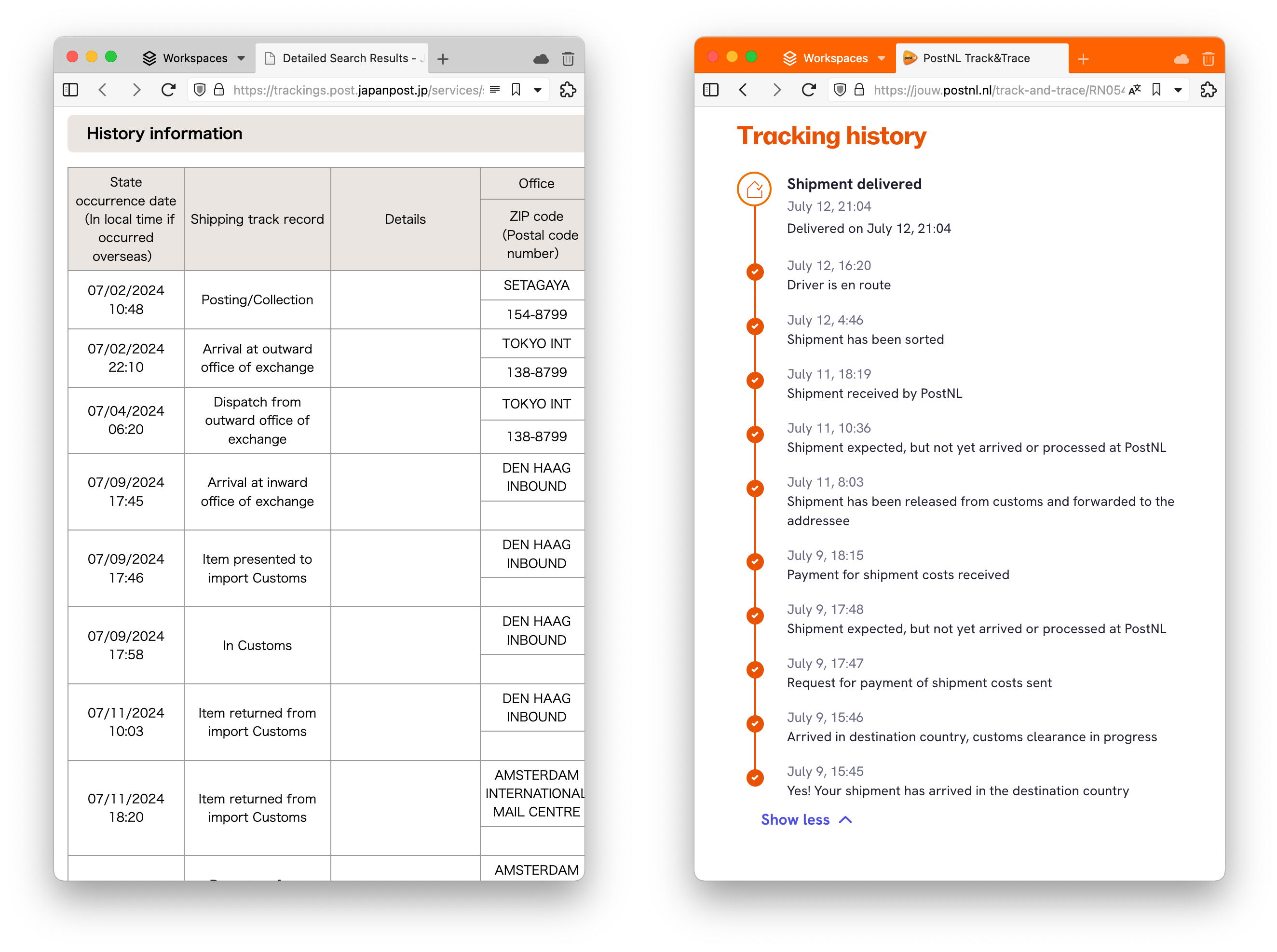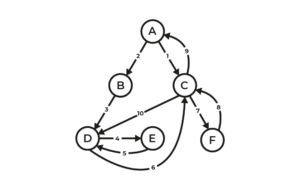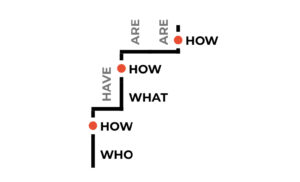While going through some log data for my previous blogposts on visualising linear journeys and non-linear journeys, one thing stood out: the gaps between interactions. The users waiting on the service to progress something before they can continue, and vice versa.
Waiting happens at varying degrees of visibility. A physical queue in a shop communicates some sense of progress and time remaining to the people in line. Quietly awaiting a dreaded phone call about medical results is a much more opaque type of waiting – who knows how much longer it’ll be. Regardless, in both scenarios waiting is the experience, too. In fact, the waiting part may be much longer than the interaction part.
What if, rather than focusing on the interactions, we instead highlight the interaction gaps?
Much of the existing mapping of waiting time, like value stream mapping, focuses on finding and removing inefficiencies in processes from an operational perspective. While removing the need to wait is of course the best case scenario, some waiting is inevitable. So what makes for a good waiting experience?
Let’s look at a simple example.
Awaiting a book
A few weeks ago I purchased a book from Japan. I told the company that I wanted to buy the book, they prepared an invoice, I paid, they dropped the book off at their local post office, and just over 10 days later I received my order.
There are a few key steps in this journey. In reality, multiple organisations handle the different parts of the process: the payment, the local shipping, the international shipping, the customs fees, etc. However, for simplicity’s sake we’ll only distinguish between ‘the service’ and ‘the user’:

To show the gaps between these interactions, we can display the steps on a timeline:

But although this timeline conveys the passage of time, it doesn’t show who is waiting. Let’s instead show the interaction gaps vertically. I’ve rounded the wait times to days:
Now we have a good sense of where most of the waiting occurred, and how the waiting was distributed between the user and the service.
Postal companies know that customers don’t enjoy the uncertainty of waiting, so they attempt to ease the waiting experience by regularly communicating what is happening backstage. Throughout the journey from Japan to the Netherlands, the tracking sites of the original postal service (Japan Post) and the delivery postal service (PostNL) kept me up to date on the whereabouts of my package.

Breaking up an extended experience into multiple sections, for example by providing meals during a long flight, is an established trick to make something feel shorter. The status updates from the postal companies attempt to do the same thing. The updates certainly created an urge to check the tracking page regularly, each update seemingly bringing me one step closer to the delivery of the book.
Of course, not all waiting is as inconsequential as the anticipation of a book delivery.
Awaiting publication
In academic publishing, the journey from start to finish (i.e. from an initial idea to successfully publishing an article) often takes several years. Even if we limit our scope to the publishing process, the journey from start to finish (i.e. from submitting a manuscript to successfully publishing an article) typically takes several months.
Publishing an article can be a significant milestone, both in terms of the impact the research might have on the field – or even the world – as well as the impact the publication might have on the individual researcher’s career. The stakes can be very high.
Waiting is such a fundamental part (read: frustration) of the publishing journey that some researchers share logs of their wait times on online forums, to help others decide on a journal that matches their publishing urgency. Let’s look at a few logs of successfully published articles, shared by researchers on such a forum:
You get the idea: while the exact wait times vary, publishing generally involves a lot of waiting. The interaction gaps are lengthy. Key progress is communicated to the researchers via email, but – like postal companies – publishers also provide tracking services with updates on what is happening behind the scenes. Some researchers end up checking this tracker on a daily basis, for weeks or months at a time.
But is that what a good waiting experience looks like?
The fundamental problem then, is this. How can the people who are waiting, spend their time wholeheartedly – live the hours or minutes while they wait, as fully as the other hours of their day – and yet still be on hand, whenever the event or the person they are waiting for is ready?
– 150: A Place to Wait by Christopher Alexander in A Pattern Language (1977)


